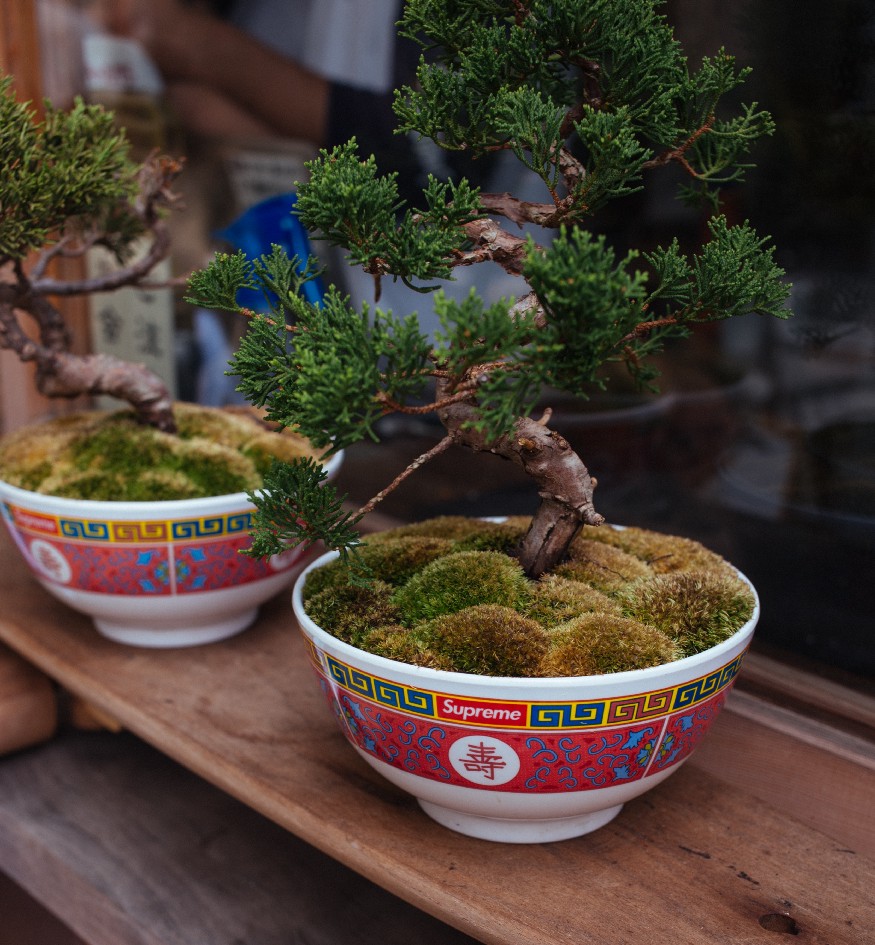As I work with my clients, I’ve been thinking a lot about wounds. Specifically, the kind of core wounding that seeps through a lifetime, like oil through paper, forever staining it.
Our life shapes itself around a wound like this, which, if it happens early enough, affects the development of our entire personality.
Wounds are like the wire that shapes a bonsai tree. In the case of the bonsai, the wire is later removed and we admire the twisted branches for their unique form.
Even as we recognize that our wounds aren’t removable like a wire, how often do we remember to praise our resilience in growing and twisting while being bound?
The wire shaped the bonsai into a form we hold as beautiful. Could we also learn to see our own twists as beautiful?
We could begin by admiring the shape we’ve made out of survival. In the way the bonsai turned and thickened in response to both wire and nourishment, so have we grown through the wounding and nourishing events of our lives.
The radical truth is that our wounds are intimately bound up with our strengths and gifts.
For example, my family spans three countries and three very different cultures. Though I was born and raised in New York City, my first two languages were Spanish and Swedish. I didn’t learn English until I went to pre-school, experiencing dislocation and rejection when no one understood me.
I didn’t fully fit in anywhere. I developed wounding around being an outsider and feeling invisible. In response, I developed a fluid sense of self and would change myself to try to fit in wherever I was.
This wound pushed me to spend my life figuring out who I really am. I developed an inner sense of belonging I carry with me, so I no longer have to try to fit in. I’m able to connect with people across historical lines of division and can tune into to what a person in front of me needs to feel seen and valued, because it’s what I learned to do to survive.
Here’s another example: When my partner, Patrick, was 7 years old, he lost his father to cancer. For years he couldn’t talk about his father, or even the idea of “father” without getting emotionally overwhelmed.
Because he had to learn how to be with himself through this loss, he’s now brilliant at being with others as they go through their own pain and loss. He innately knows not to try to fix it. Instead, he’s able to witness it with loving presence, because he learned to do that for himself. Surviving that loss also gave him access to a place of trust that things eventually turn out all right, even if in the moment it’s not clear how they possibly could.
This isn’t to romanticize our wounding and the suffering we’ve been through.
This also isn’t to create some sanitized version of our history in an attempt to bypass its emotional impact on us by labeling it “fodder for growth.”
It’s to come to hard-won acceptance around how our core wounding has shaped us and to honor what we did to survive.
And that’s not enough. There’s more.
The behaviors that enabled us to survive and get to where we are today are not the same behaviors that will take us beyond survival into thriving. Learning how to thrive requires new ways of thinking and being that we can access once we make peace with the past.
We need to create new neural pathways with new ways of thinking and deliberately fire them enough that they start to fire in the place of the old, well-grooved pathways based on our core wounding.
It’s not like the core wounding disappears entirely, it’s more like it releases its constricting hold and we can move in new ways that bring us different results in life.
It’s hard to see our own blind spots, especially through the scratched lens of trauma, so it helps to have a trusted partner to guide us through the tangle of our wiring as we work to unravel it.
Here’s an exercise to get you started:
Grab a journal and begin to write about one of your core wounds. Trace how it has shaped you, like the wire around the branches of a bonsai. Make the link clear between the wound and who you are now.
Next, consider your strengths. What are the qualities you like most about yourself? In your interactions with others, what gifts do you bring?
As you journal, look for the ways you were shaped by your wound to become the person who has these specific strengths and gifts to offer.
When you’re done writing, take a moment to celebrate the beauty of your particular twists, the exact constellation of strengths that emerged from that wound.
You’ve just taken an important step toward freeing your branches to grow beyond your old constraints.
The relationship you desire is possible! Click HERE to discover what missing pieces are stopping you from having the connection and passion you desire.

